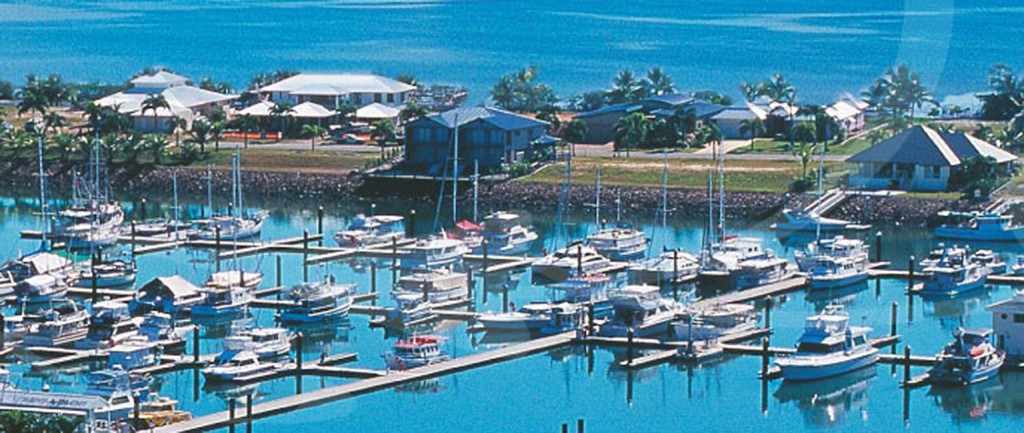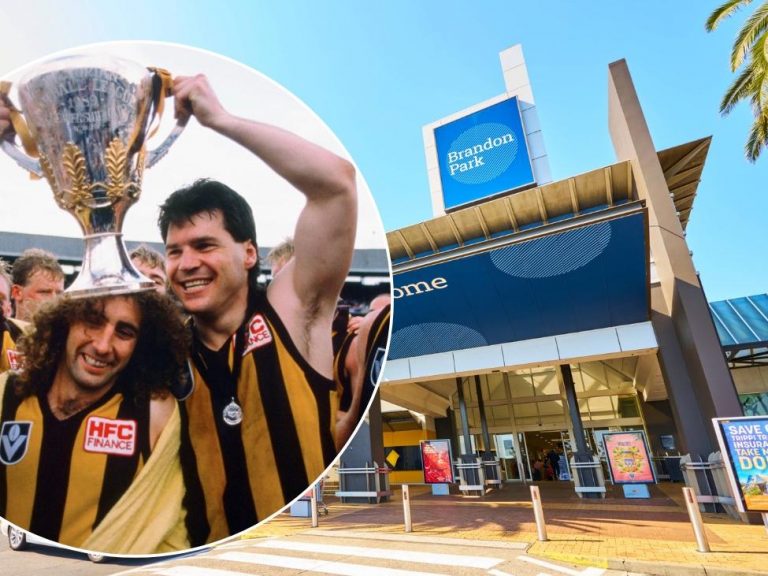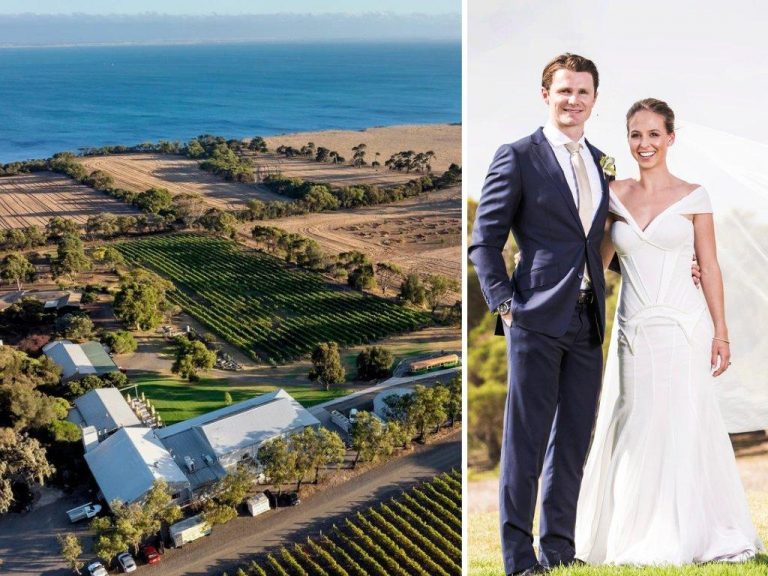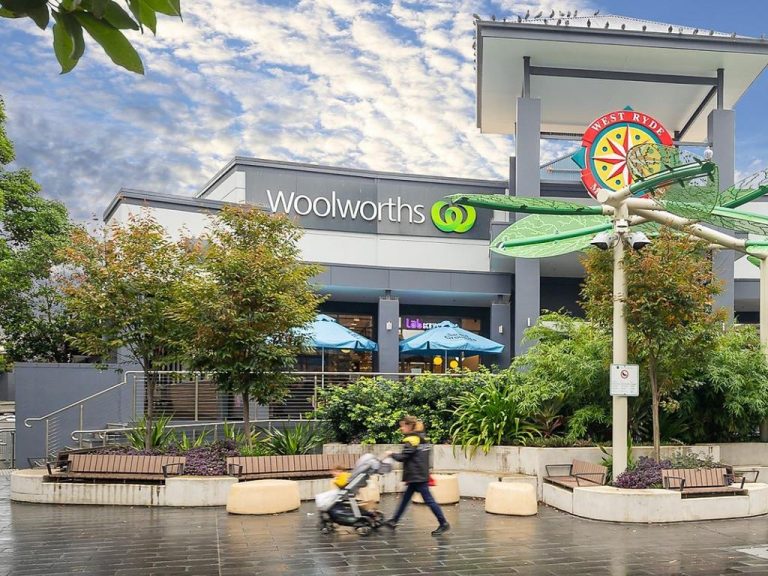$450m plan to revive Port Hinchinbrook Resort

The embattled Port Hinchinbrook Resort and Marina in North Queensland is set to be revitalised and transformed into a $450 million tourism drawcard under ambitious plans by its new owners.
Private Australian syndicate The Passage Holdings, linked to American businessmen Lewis Cohen and Stephan Pinto, took possession of the resort and marina last year and is preparing to settle on its $3 million acquisition from liquidator FTI Consulting.
It now plans to transform Port Hinchinbrook into one of Australia’s finest safe-haven marina destinations, with a 10-year staged masterplan that includes rebranding the property as Hinchinbrook Harbour and Resort.
Ski lift: Perisher boost firmly in Vail Resorts’ plans
Port Hinchinbrook, which is just south of Cardwell and 182km south of Cairns, was first developed by the late Gold Coast developer Keith Williams in the 1990s as an access point to the Cassowary Coast and nearby Hinchinbrook Island.
The Hinchinbrook Island Resort closed in 2010, while the commercial tenancies at Port Hinchinbrook ended in 2011 as a result of extensive damage caused by Cyclone Yasi in February that year.

Port Hinchinbrook is set to be reborn, five years after it was hit by Cyclone Yasi.
The property then fell into the hands of liquidators FTI Consulting after the collapse of Williams Corporation in 2013.
Architects DBI Design have now been hired to work on the new masterplan for the resort, which will include a $45 million international fishing village, new marina, family resort, water theme park, 300-site motorhome park, camp grounds, backpacker accommodation and waterfront residential lots and apartments.
The Passage Holdings has already spent $4 million on improvements at the resort.
Pinto says this includes $500,000 on restoring the sewerage treatment plant, $750,000 on masterplan designs and consultation and more than $2 million on the grounds and marina village, commercial building, street lighting and public access.
Economic analysis by MacroPlan Dimasi estimates the project will pump some $1 billion into the Cassowary Coast economy during the 10-year construction phase – $400 million directly and a further $654 million indirectly.
“The economic value created throughout the local area and surrounding region will be generated from construction, population growth, increased capacity and attraction for the tourism and marine sector, and employment on-site,” the analysis says.
“In addition, the social value and benefit of the project will be the reconstruction of facilities damaged by Cyclone Yasi, the completion of the overall development, and creation of a vibrant waterfront precinct and community.”







